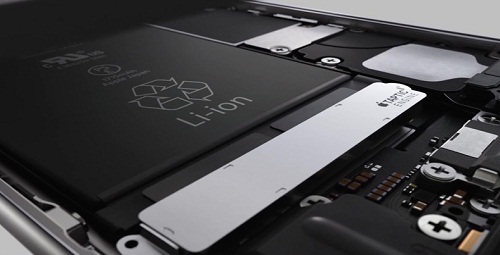SPOR (Sudden Power Off Recovery) – Asine Advantages
The Power-Loss Protection (PLP) is a process to protect data crash during a sudden power off of the SSD.
Case 1 – The SSD received data block from the host computer to its DRAM buffer. Then the control mechanism of the SSD flush/sync this buffer to the NANDs. In this case the power is stable and no power failure occurs during this sync of data to the NANDs.
Case 2 – Similar to case 1 but during the sync process a power failure happens. This power failure called “SPOR” – stands for: Sudden Power Off Recovery”. The Recovery means that the SSD can successfully handle such sudden power off during the sync process. Successful handling means all the buffer data was written/synced the NANDs and full data integrity demonstrated.
For successful PLP the SSD must “know” as soon as possible that a power failure started and has enough time to complete sync process.
To support both features we need the SSD to:
- “sense” the start of power failure
- Hold enough power energy (on its own power supplies) allowing the sync process enough time to be successfully completed.
- Stop receiving data from the host.
- Fast controlling internal SSD mechanism performing the power management and data sync to NANDs as well as stopping host interface activity.
Note: As of the existence of DRAM buffer on the SSD the SPOR issue present a greater challenge. Without DRAM, the SSD has no buffer and therefore the sync needs a little time to complete.
Actually, the DRAM function mission is to enhance the SSD data transfer performance.
General solution concept:
- Add special “ahead” sensing of power failure.
- Add “big energy bank” (to allow enough time for sync process).
- Add SPOR support control mechanism by controller F/W.
Other widely found solution on the market implement “ahead” sensing of power failure and define special F/W function to address this need. Also, a big power bank consists of “super capacitors” is added to the SSD to serve as “big energy bank”.
Disadvantages found on the commonly used market solutions is focused on the big energy bank super capacitors.
Why not to use super capacitor
- Super capacitors are large, heavy. Shock and vibration may tear off these capacitors form the PCB. So, there is a need to glue the super capacitors to the PCB.
- High self-discharge.
- Low energy density.
- Operating temperature -400C~ +700C – yield that such energy bank is not supporting SPOR of the SSD operated on high temperatures (e.g. 800C or more). Super capacitors lose the majority of their capacitance on high temperature. (Note: there are special high temperature super capacitors but they are quite expensive).
- Super capacitors foot-print is so large that it is needed to allocate up to 40%+ of the PCB. That means that SSD flash / NAND capacity will be much reduced (smaller number of NANDs).
Asine SPOR implementation advantages:
Asine designs the SPOR solution without super capacitors – thus turning all the above mentioned disadvantages to superiority over the other vendors.
We support up to 16TB SSD sustaining industrial (wide) operating temperatures and beyond – up to -500C~ +1050C & severe shock & vibration operation as well as highest grade conformal coating and conduction cooling.
Our internal control mechanism runs in a discrete timing so DRAM buffer is always sync’d in real time. Thus sudden power off will be optimally managed by the F/W.
Our solution is implemented in our industrial grade SSD products.

